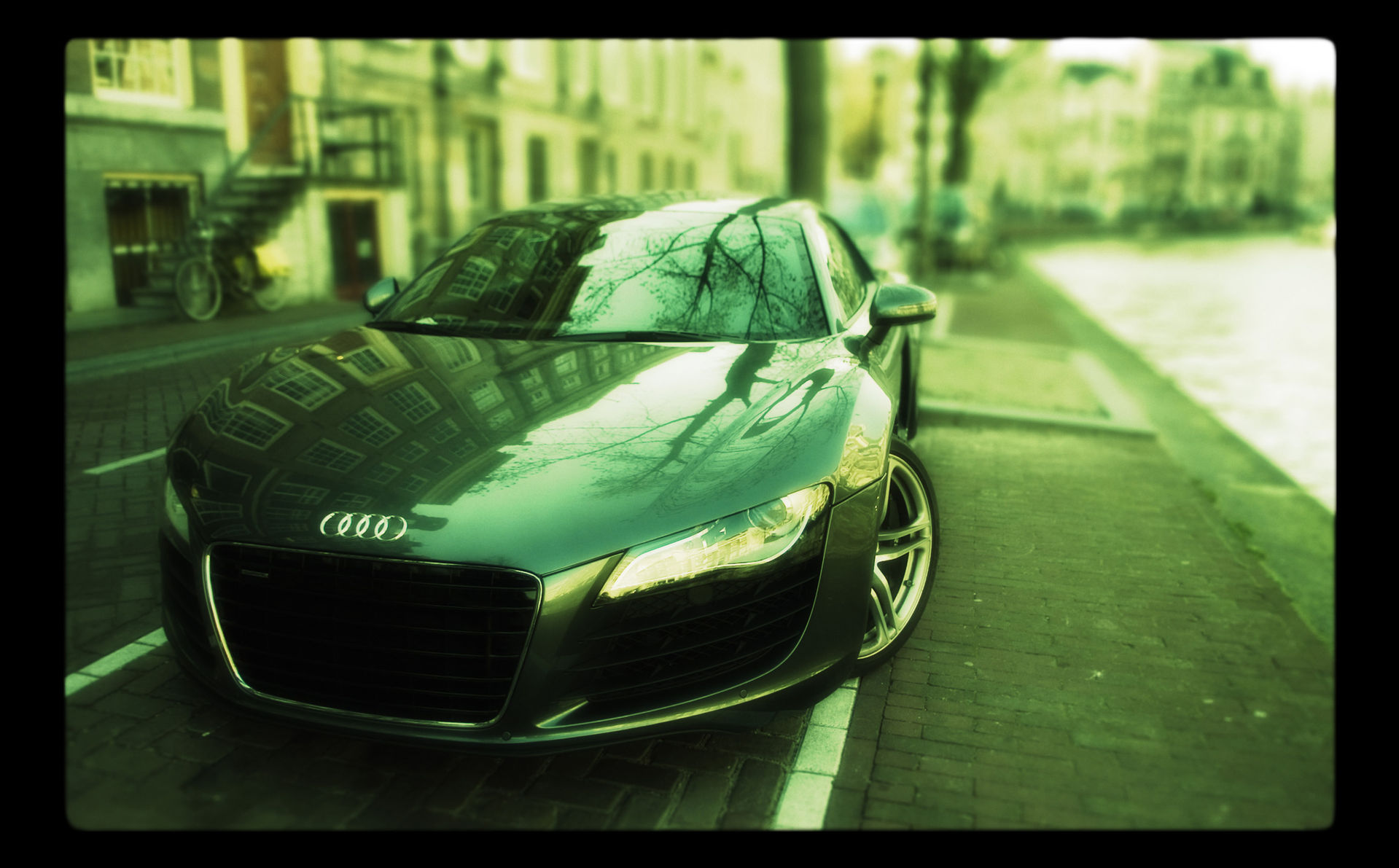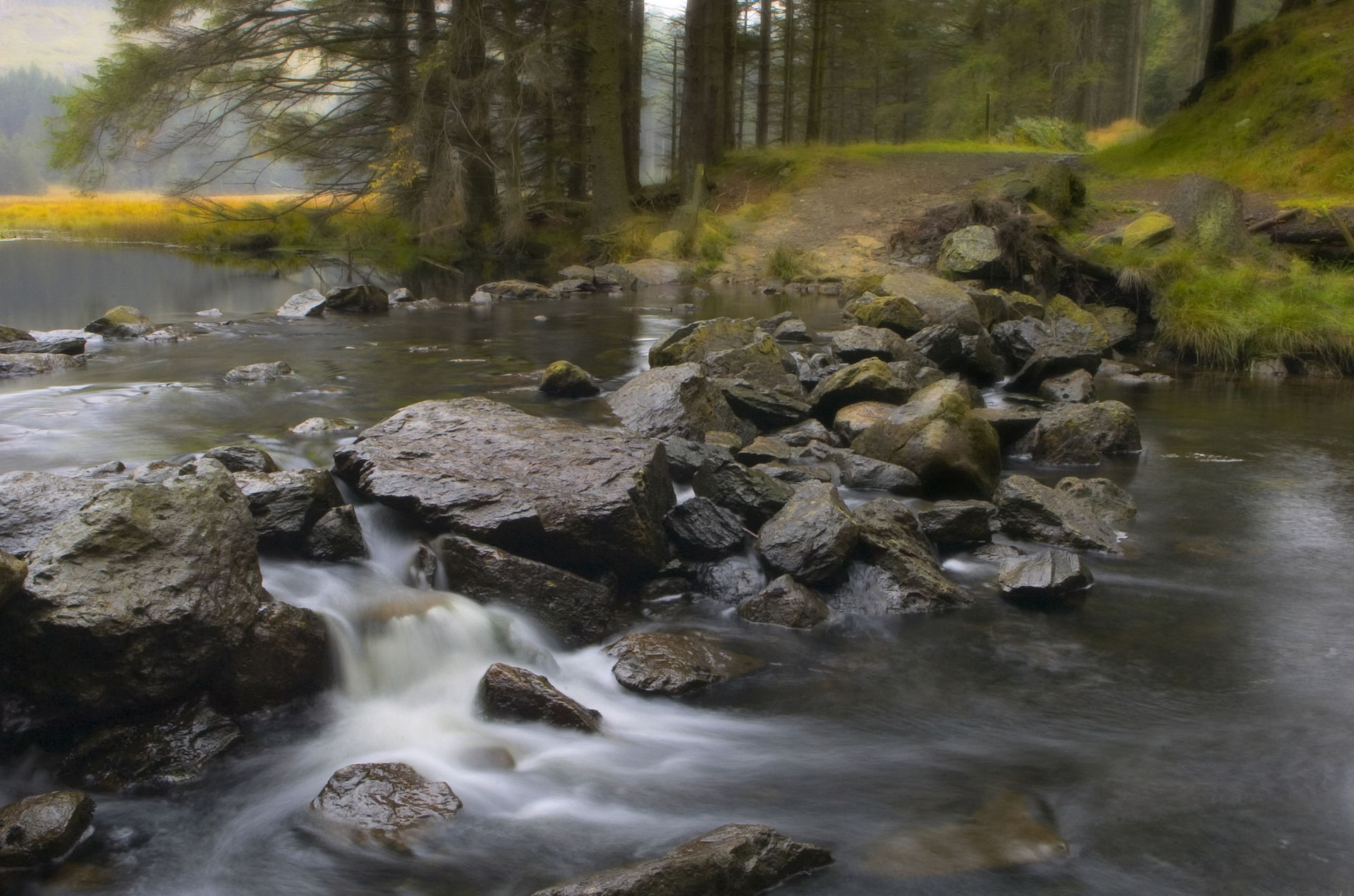Nikon D2H - Retro Review
Having owned a Fujifilm S2 Pro for a couple of years and having a couple of nice Nikkor lenses, it was easy to switch to Nikon and thus the D2H became my first Nikon experience in Feb 2005 (it came out in July of 2003). It must have felt odd upgrading to a lower resolution camera, but I remember being super happy with how clean and sharp the D2H images were. The unique JFET sensor enabled Nikon to bump up the burst speed, but competing with Canon on specs was an uphill struggle during this time.
I bet you didn't know that JFET sensors smell like hazelnuts, well here is the proof. This D2H is not the one that I owned originally. I rebought this one from a Swedish Auction in 2023. Although I missed an auction for one in mint condition, this one is in decent condition, still works well. Inside the battery compartment was a sticker saying that it was originally owned by a newspaper in Malmö. It had the photographer's name on it and "II" was handwritten in red, so perhaps this was a backup camera, which might explain the low number of shutter actuations (40,000). It's common for cameras to be engraved with personal numbers in Sweden, so I appreciate the sticker here, but I love these little bits of history!
Key Specifiations
Date:
$ (inflation):
Sensor:
Resolution:
Burst:
DR Stops:
E-Shutter:
SS:
AF points:
IS:
Video:
Live View:
ISO:
OVF:
LCD:
Memory:
Weight:
Battery:
2003 (Jul)
$3,499 ($6,100)
APS-C 1.5x JFET
4.1mp
8fps / 25 shots
6.67 (12bit)
1/250th
30s - 1/8,000th
5 (10%)
No
No
No
200 - 1,600
0.86x / 100%
2.5" / 211k / Fixed
CF
1070g
~2900 (EN-EL4)
Ergonomics & Build
The Nikon D2H's dual economic grip design is almost perfection. Being as comfortable to hold in portrait as it is in landscape mode stood out to me at the time, but the sweeping thumb-grip was genius level. Not only was it a pretty design, but it was easy to switch to and maintained the same great grip in both modes. I had always wanted a professional camera with a vertical grip when I bought my first DSLR, which is one of the reasons I chose the taller Fuji S2 Pro over the Nikon D100 in 2002 (yeah, I know that was silly). The Nikon D1's vertical grip was nice, but the D2H elevated the ergonomics to a point that destroyed every other camera for me, and they did all this while keeping the weight relatively low. This is lighter than the Nikon D700.
The buttons, screen and menu have all been upgrade over the Nikon D1 (my god, the D1's custom menus were insane). I absolutely love what they did with the spring-loaded cover for the memory card door release! It's almost over-engineered, but in a glorious way.

Red Squirrel (2025) | Nikkor 85mm, f/1.4, iso 200
Viewfinder & Screen
The D2H's viewfinder looks decent! It has 100% coverage, but the reproduction magnification isn't huge for an APS-C sensor (0.86x). The 2.5" rear LCD will look lacklustre today, of course, but it was a nice step up from the D1's tiny screen from 1999. The resolution is still pretty low, but the colous were decent. They have aged a little on this unit, but again, nowhere near as bad as the one on the previous model.
Leamington (2005) | Nikkor 80-200 | f/2.8 | iso 200
Battery
The EN-EL4 battery was a massive step up from the EN4 (from the Nikon D1). This one can be detached from the door latch, making it less bulky, although a bit more fiddly to change. They dock into a charger like any modern battery does, no longer requiring a cable connection to the brick. Microchips have been added to these batteries to communicate charge cycle information to the camera, and a much more precise remaining charge can be shown in the camera's menu. The biggest advantage by far is the amount of battery life you get from these, lasting about six times longer than the previous D1/D1H/D1X. This is partially the battery type, but mostly the sensor technology being much more efficient. JFET, being closer to CMOS, it lasted a lot longer than with the CCD cameras.
Amsterdam (2007) | Nikkor 17-55mm | f/7.1 | iso 100
Speed
The D2H was built for speed, however where Nikon had previously released a resolution focused variant before, they decided to skip that step with the D2. It could shoot at up to 8 frames per second (for 40 jpg, or 25 raw). Although that was pretty impressive, Canon beat them to that with a CCD sensor (yes, Canon did make one DSLR with a CCD) that was larger and had a slightly higher resolution... by nearly two years! In the early days of digital that was an eternity, so Canon were competing extremely agressively on specifications back in the early days. Before Nikon even launched the D2H, Canon had already released a full frame camera
Lake District (2005) | Nikkor 17-55mm | f/8 | iso 200
Image Quality
Coming out three years after the higher resolution Nikon D1X, the D2H was a continuation of the speed focused professional DSLR and thus had to live with a lower resolution, but this 4.1 megapixel sensor produced very clean images compared to the competition, often getting nicer results than many of the 6mp competition. This was exactly my experience, coming from the Fujifilm S2 Pro.
Amsterdam (2007) | Nikkor 85mm | f/8 | iso 200
Lenses
The Nikon mount was largely unchanged from most of their film SLRs and remained mostly unchanged right the way up to the end of the DSLR's reign. Early pre-AI lenses were not safe to use here (which is common). Many of the lenses I used with the D2H were early AF-D type screw driven autofocus lenses, a technology that was being phased out around this point but they were still fully supported on Nikon camera bodies for another few years. The hypersonic AF-S type lenses saw some improvements in image quality, the 17-55mm lens (used for several of these samples) was fantastic, but they were mostly appreciated for their quiet operation.
Infrared
The D2H was a pretty great camera for shooting infrared without having it converted. Exposure times were not too bad. Below is an example of a scene that I shot on both colour and infrared (which, using a tripod). These two images were then overlaid in Photoshop, where I played with blend modes to get this effect.
Lake District (2005) | Nikkor 17-55mm | f/8 | iso 200
Multi Shot
I used the D2H's bracket mode to shoot HDR's a bit back in 2006. It's 9 bracket option really made it fun to play around with exposures. I also shot a lot of hand-held panoramas with this camera, but this was before I discovered the Bokeh Pano technique, so that wasn't until I owned the Nikon D3, later on. I will try to shoot some with the Nikkor 85mm f/1.4D soon and add to this section, but right now I have not attempted it.
Red Squirrel (2025) | Nikkor 50mm, f/1.8, iso 640
Conclusion
The Nikon D200 was a great camera, especially given its price in 2005. What made its body great back then is still true for many photographers now. I would much rather have this camera over the much more expensive D2X, and that's without considering the D200's awesome CCD sensor. For the price you can pick it up for today, it's still a very interesting camera. The CCD sensor produces some beautiful images with fun colours that may not be considered accurate by today's standards, but in several situations they do look better.







